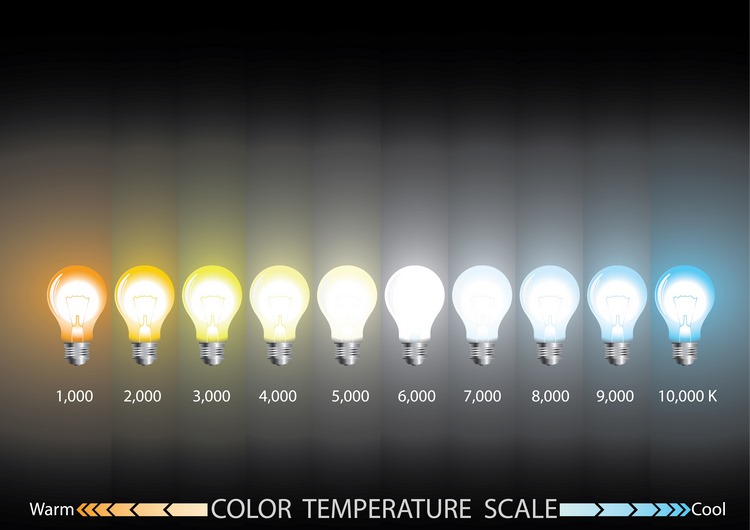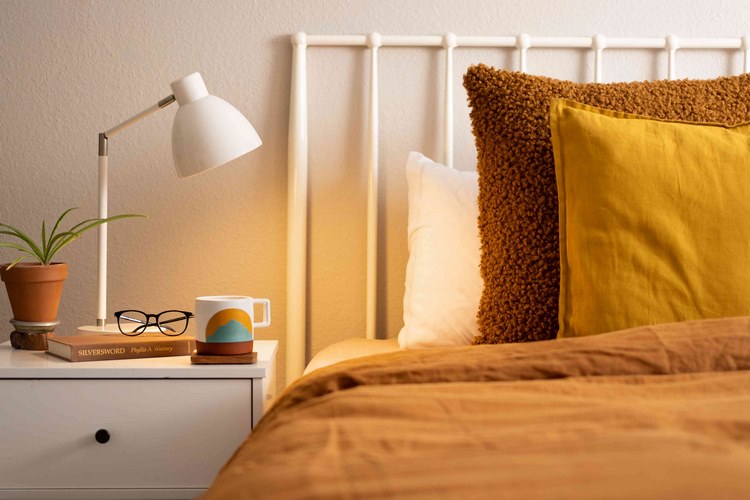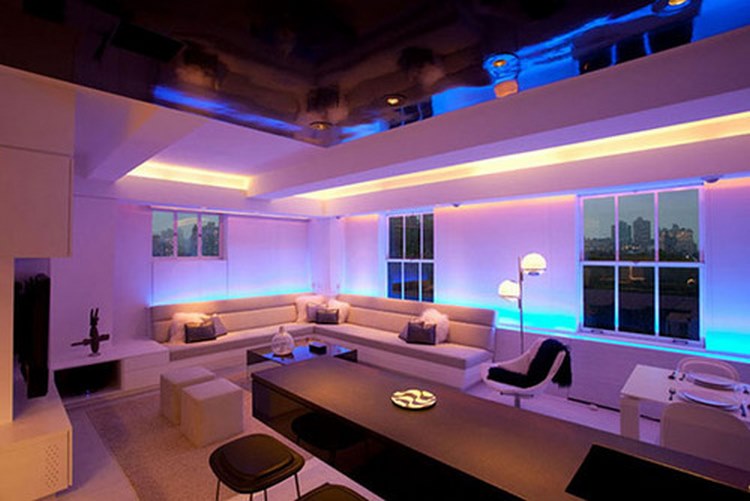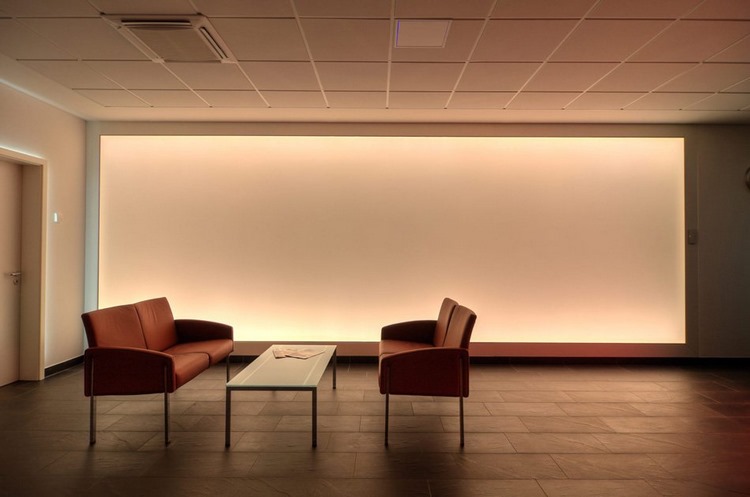Understand how light temperature impacts your home’s feel. Explore warm, cool, and neutral lighting options and discover how to create the perfect ambiance.
As a lighting expert, I’m excited to share the secrets of light temperature and Kelvin ratings. Understanding the nuances of color temperature can elevate your space from drab to fab! Let’s explore with Lighting a Greener Future to know the world of warm, cool, and neutral light to create the perfect ambiance.
What is Light Temperature?
Light temperature, or color temperature, refers to the color appearance of light emitted by a bulb. Measured in Kelvin (K), it ranges from warm yellows (lower Kelvin) to cool blues (higher Kelvin). This scale is crucial in determining the mood and feel of your space.
Different Kelvin ratings have a dramatic effect on a room’s ambiance. Understanding how light temperature affects your space is key to effective lighting design.

Different color temperatures of light bulbs create varied vibes and atmospheres
Warm Light: Creating Cozy and Inviting Spaces (2700K-3000K)
What is Warm Light?

Warm light is often used in spaces where we seek relaxation and rest
Warm light falls within the 2700K-3000K range. This produces a soft, yellowish glow, evoking the feeling of candlelight or a sunset. It’s perfect for creating a cozy and inviting atmosphere. Using this color temperature for home is a smart way to enhance comfort and relaxation.
Where to Use Warm Light?
Warm light is ideal for living rooms, bedrooms, and dining areas. It flatters skin tones, making people appear more attractive. It’s a great choice for spaces where you want to relax after a long day. It also works well in restaurants and hotels, creating a welcoming environment for guests.
Think of the ambiance of a warm, cozy fireplace – that’s the effect you can achieve.
Cool Light: Crisp and Energizing Ambiance (3500K-6500K)
What is Cool Light?

Cool light is perfect for areas where clarity and focus are needed
Cool light has a higher Kelvin rating, typically from 3500K to 6500K. It emits a bluish-white light, which appears brighter and more energizing than warm light. It mimics natural daylight and provides clarity and focus.
Where to Use Cool Light?
Cool light is ideal for task-oriented spaces like kitchens, bathrooms, and home offices. It improves visibility and helps you stay alert and focused, perfect for performing detailed work. Cool light is also popular in retail stores and galleries, showcasing colors accurately.
Consider this temperature for areas where clear visibility is essential.
Neutral Light: The Balanced Option (3000K-3500K)
What is Neutral Light?
Neutral light falls between warm and cool, with a Kelvin rating of approximately 3000K-3500K. It delivers a balanced, natural-looking light that is not too warm or too cool, making it an excellent all-rounder.
Where to Use Neutral Light?
Neutral light is versatile, ideal for multi-purpose spaces such as hallways, foyers, and family rooms. It provides a balanced light that neither leans too warm nor too cool, while still maintaining accurate color representation. It is a fantastic option for areas where both visibility and natural-looking light are required.

Neutral light replicates natural daylight, making it easier to see colors accurately and reducing eye strain
Choosing the Right Light Temperature for Every Space
When selecting light bulbs, consider the following factors:
- Room Function: Match the light temperature to the room’s purpose. For example, a bedroom would benefit from warm light, while a home office would benefit from cool light.
- Existing Decor: Complement your color scheme with the appropriate lighting. Consider whether your interior design is warm-toned or cool-toned and select your bulbs accordingly.
- Personal Preference: Some people prefer warmer or cooler light overall. Experiment to determine your personal favorite.
- Time of Day: Smart bulbs can adjust temperature throughout the day, mimicking natural daylight to improve your circadian rhythm. Consider layering light temperatures to customize your lighting design.
Remember, you can mix light temperatures within a single space to create layered lighting effects. Use this to highlight specific areas or create a more dynamic feel.
Understanding and utilizing various Kelvin ratings will provide the perfect lighting scheme for your home or office.
Light temperature is a powerful tool in creating the perfect ambiance. With this knowledge, you’re ready to illuminate your space like a pro!
Ready to transform your space with the right light temperature?

